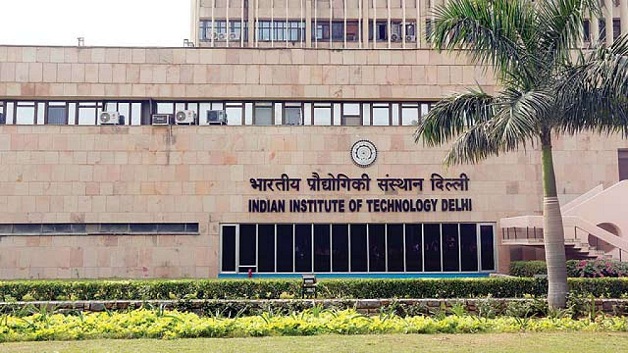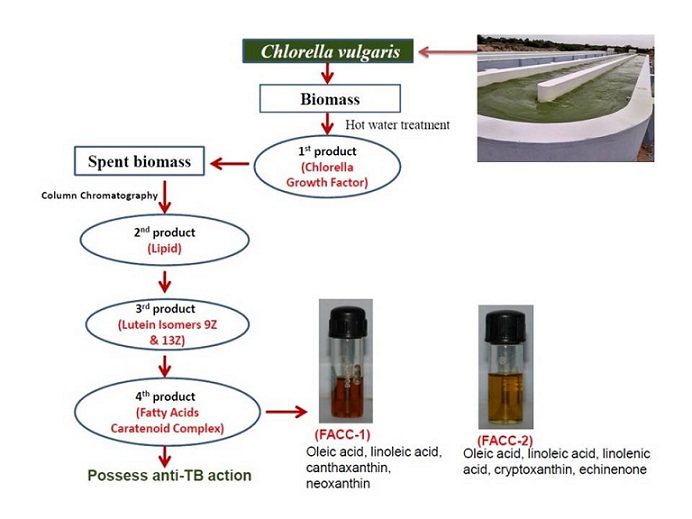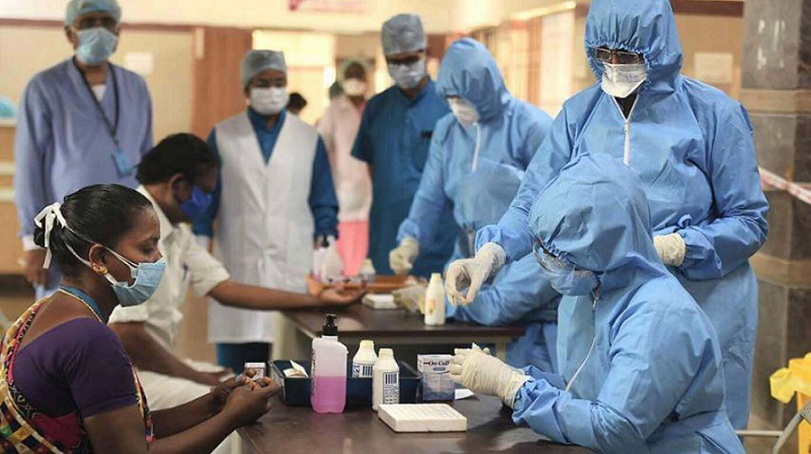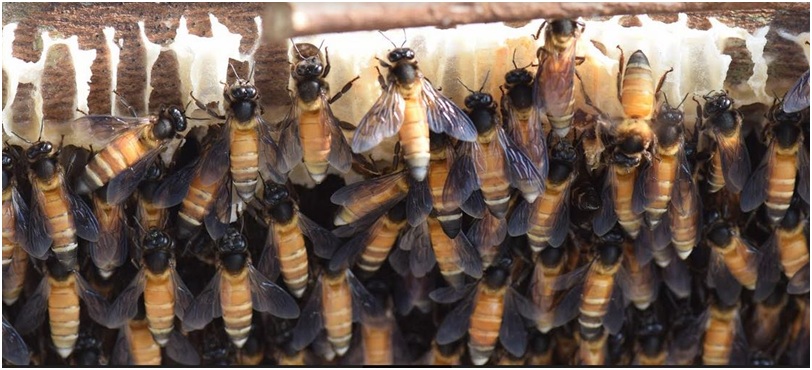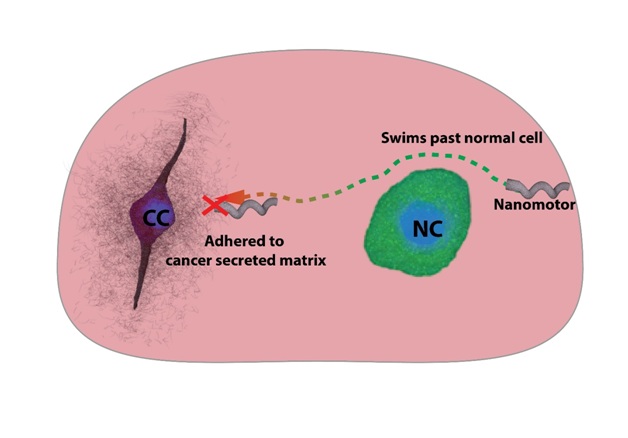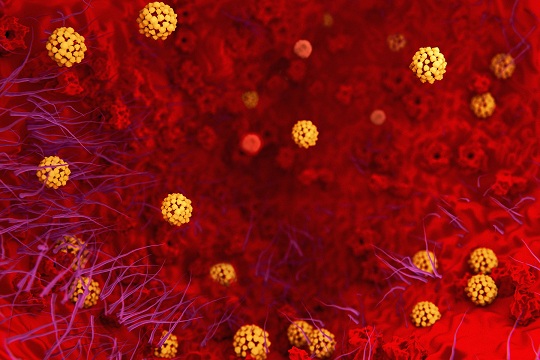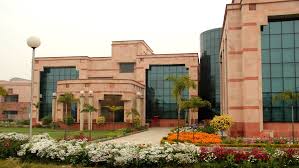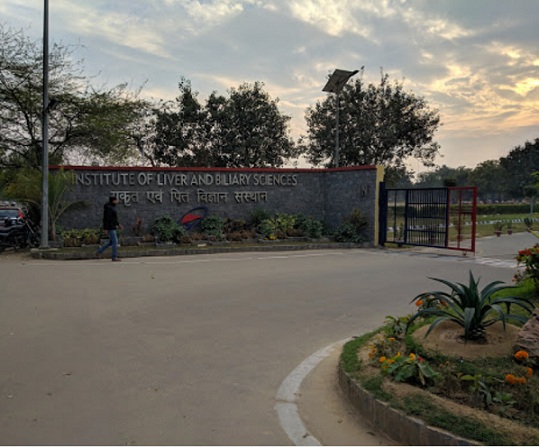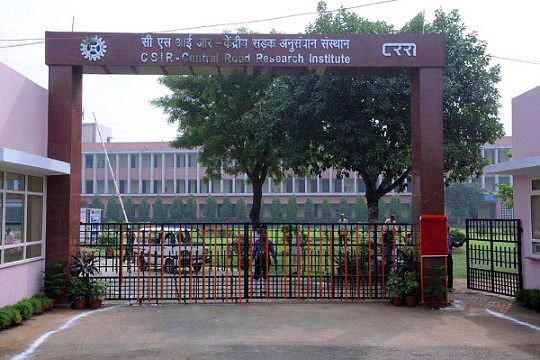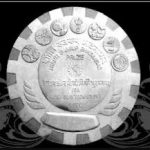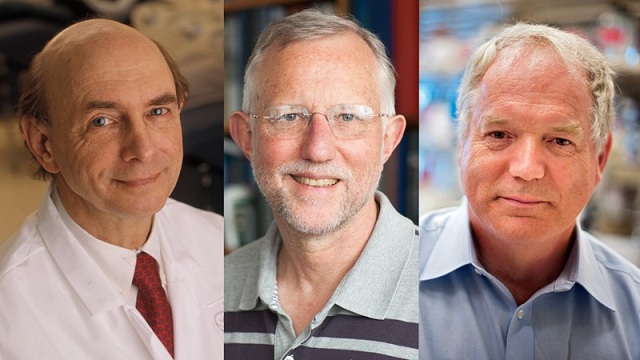
(From left) Harvey Alter, Charles Rice and Michael Houghton (Credit: NIH History Office, John Abbott/The Rockefeller University, Richard Siemens/University of Alberta)
Every year in early October, the world is all ears as the committees in Sweden and Norway name the Nobel laureates in a variety of prizes in the sciences, literature, economics, as well as peace work. The Nobel prizes are widely regarded as the most prestigious awards given for intellectual achievement in the world. Since 1901, prizes in Physiology or Medicine, Physics, Chemistry, literature and peace have been awarded. In 1968, prize in Economic Sciences also got added to the list.
The 2020 Nobel Prize in Physiology or Medicine has been awarded jointly to Harvey Alter of the US National Institutes of Health, Michael Houghton of the University of Alberta, Canada, and Charles Rice of the Rockefeller University, USA, “for the discovery of hepatitis C virus”. According to the Nobel Committee, the methodical studies of transfusion-associated hepatitis by Harvey J. Alter, at the US National Institutes of Health, demonstrated that an unknown virus was a common cause of chronic hepatitis. Michael Houghton used an untested strategy to isolate the genome of the new virus that was named the hepatitis C virus. Charles M. Rice, a researcher at Washington University in St Louis, provided the final evidence showing that the hepatitis C virus alone could cause hepatitis.
Hepatitis, or liver inflammation, is considered a global threat to human health. According to the World Health Organization (WHO), viral hepatitis B and C affect 325 million people worldwide, leading to about 1.4 million deaths a year.
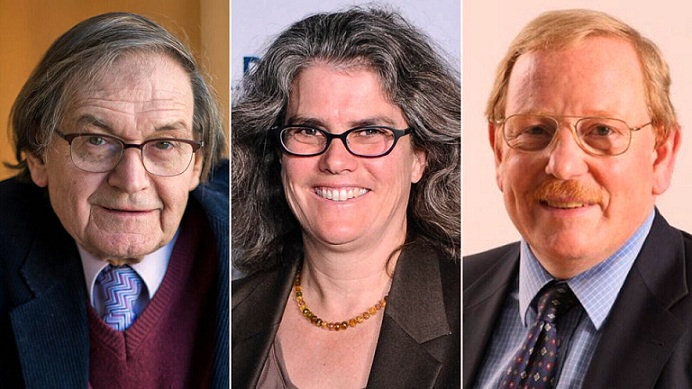
(From left) Roger Penrose, Andrea Ghez and Reinhard Genzel (Credit: Max Planck Institute)
The discovery of hepatitis C virus is significant because, while the discovery of the other hepatitis viruses, including hepatitis A and B had been critical steps forward, the majority of blood-borne hepatitis cases remained unexplained. Now it is known that hepatitis C virus is the cause of the remaining cases of chronic hepatitis. The discovery of the hepatitis C virus also led to the development of diagnostic tests such as blood tests and new effective medicines, saving millions of lives.
The 2020 Nobel Prize for Physics has been awarded to Roger Penrose of the University of Oxford, UK, Reinhard Genzel of the Max Planck Institute for Extra-terrestrial Physics in Garching, Germany and a professor at the University of California, Berkeley, USA, and Andrea Ghez of the University of California, Los Angeles, USA, “for the discovery that black hole formation is a robust prediction of the general theory of relativity”. “The prize celebrates one of the most exotic objects in the universe, black holes, which have become a staple of science fact and science fiction and where time even seems to stand still”, Nobel committee scientists said.
Penrose will receive half of the prize “for the discovery that black hole formation is a robust prediction of the general theory of relativity”, while Genzel and Ghez will share the other half of the prize “for the discovery of a supermassive compact object at the centre of our galaxy”. Ghez is only the fourth woman to win a Nobel Prize in physics.
Penrose had worked with fellow physicist Stephen Hawking to merge Einstein’s theory of relativity with quantum theory to suggest that space and time would begin with the Big Bang and end in black holes. In fact, Penrose and Hawking are the two individuals who have done more than anyone else since Einstein to deepen our knowledge of gravity; but sadly, this award was too much delayed to allow Hawking to share the credit, as it is mandated that the prize cannot be awarded posthumously.
While Einstein’s general theory of relativity predicts the existence of black holes, Einstein did not himself believe they really existed. Penrose proved with mathematics that the formation of black holes was possible, based on Einstein’s general theory of relativity. He was the first to prove mathematically, in 1965, that black holes are a natural consequence of relativity theory and not just science fiction.
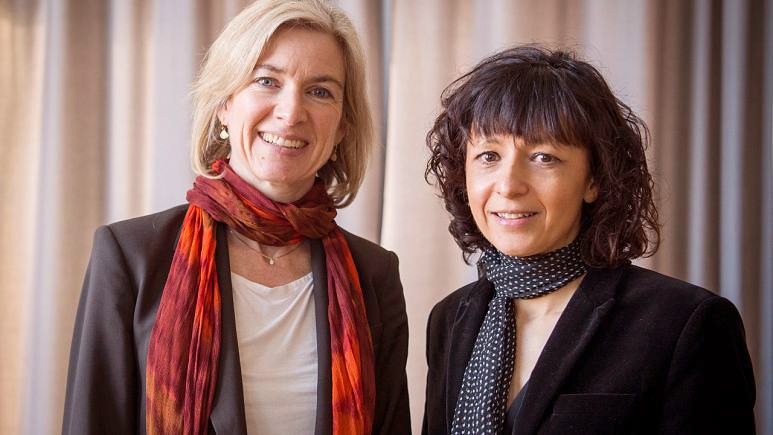
Jennifer Doudna and Emmanuelle Charpentier
The 2020 Nobel Prize in Physiology or Medicine has been awarded jointly to Harvey Alter of the US National Institutes of Health, Michael Houghton of the University of Alberta, Canada, and Charles Rice of the Rockefeller University, USA, “for the discovery of hepatitis C virus”.
While Penrose showed that the general theory of relativity leads to the formation of black holes, Genzel and Ghez discovered that “an invisible and extremely heavy object governs the orbits of stars at the centre of our galaxy”.
In the 1990s, Genzel and Ghez, each leading a group of astronomers, trained their sights on the dust-covered centre of our Milky Way galaxy, a region called Sagittarius A*, where something strange was going on. They both found that there was “an extremely heavy, invisible object that pulls on the jumble of stars, causing them to rush around at dizzying speeds.” It was a black hole; not just an ordinary black hole, but a supermassive black hole, 4 million times the mass of our Sun. Now scientists know that all galaxies have supermassive black holes.
The 2020 Nobel Prize in Chemistry has been awarded jointly to Emmanuelle Charpentier of Institut Pasteur, Paris, France and Director of the Max Planck Unit for the Science of Pathogens, Berlin, Germany, and Jennifer Doudna of Harvard Medical School, Boston, USA, for discovering one of gene technology’s sharpest tools: the CRISPR/Cas9 genetic scissors, which has revolutionised genetic research. This the first time ever, two women together have won the Nobel Prize in chemistry.
The CRISPR/Cas9 (Clustered Regularly Interspaced Short Palindromic Repeats’ and Cas9 stands for ‘CRISPR associate protein 9) genetic scissors can be used by researchers to change the DNA of animals, plants and microorganisms with extremely high precision. According to researchers, this technology has brought new opportunities for plant breeding, in contributing to innovative cancer therapies and may make the dream of curing inherited diseases come true.
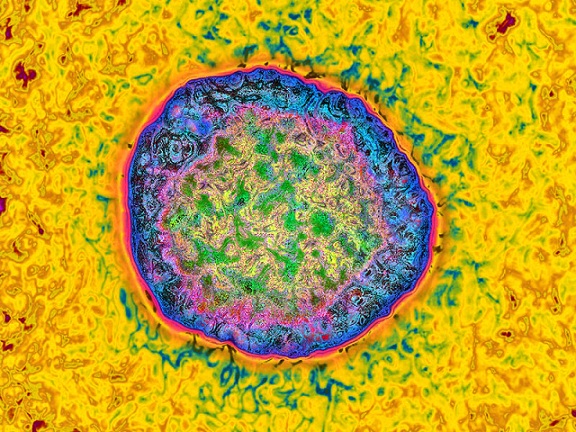
Hepatitis C virus, as seen by an electron microscope.
Charpentier and Doudna accidentally discovered CRISPR/Cas9 in 1990 when they were investigating the immune system of a Streptococcus bacterium with the hope of developing a new form of antibiotic against it.
Charpentier discovered a previously unknown molecule, tracrRNA, while studying S. pyogenes. Her work showed that tracrRNA is part of the bacteria’s ancient immune system, CRISPR/Cas, that disarms viruses by cleaving their DNA. She published her discovery in 2011 and initiated a collaboration with Jennifer Doudna, an experienced biochemist with vast knowledge of RNA. Together, they succeeded in recreating the bacteria’s genetic scissors in a test tube and simplifying the scissors’ molecular components to make them easier to use.
In 2006, when Doudna was leading a research group at the University of California, Berkeley, USA, she entered an exciting new field called RNA interference (RNAi), which is a biological process in which RNA molecules inhibit gene expression or translation, by neutralising targeted mRNA molecules.
The Nobel prizes are usually presented to recipients in Stockholm and Oslo in the month of December. But because of the coronavirus pandemic, this year the award event in Stockholm will be cancelled in favour of a digital ceremony. Medals and diplomas will be distributed to the recipients’ embassies and handed over in their home countries.
India Science Wire
ISW/BB/08/10/2020
